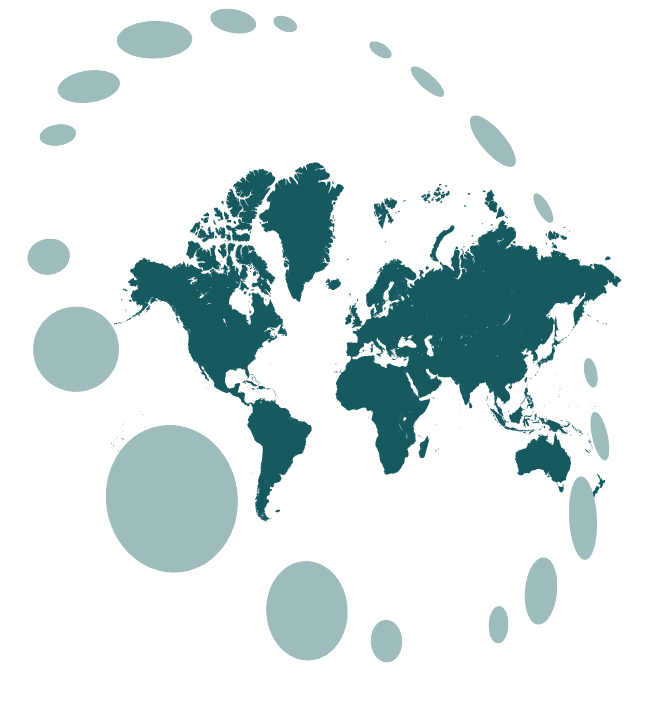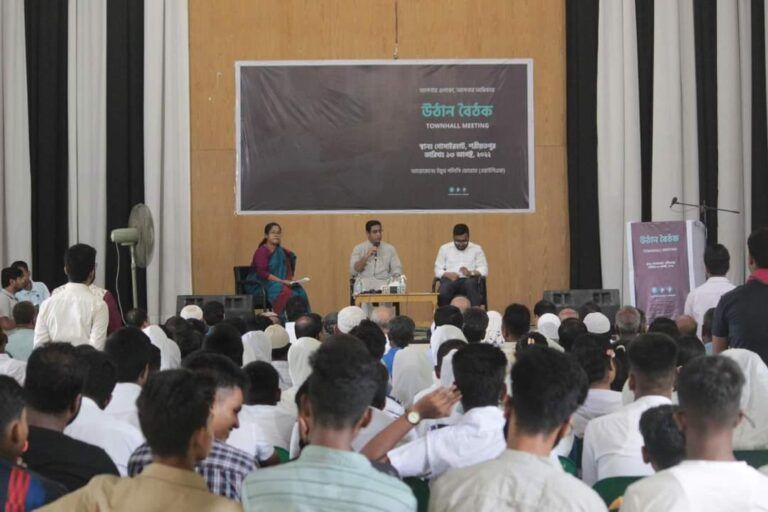Learning Agendas and Actioning Evidence
Co-design your learning agenda: applying human-centered design to increase practical learning
By Cristine Geers and Kat Haugh
Learning Agendas — everyone wants one! Development agencies around the world are increasingly recognizing the value learning agendas bring to organizational learning processes. This is all well and good, but how can we make sure these agendas are actually followed and that teams are truly engaging in dynamic learning that benefits their work and catalyzes tangible change? Ultimately, improving the work in support of the mission is the goal of creating space for learning.
USAID and implementing partners are leading the charge. In a landscape analysis of the use of learning agendas within USAID and five other federal agencies, there were a whopping 17 within USAID/Washington alone. The number of learning agendas across USAID in particular continues to grow, indicating that demand is on the rise.
At the Global Knowledge Initiative, we’ve learned that designing and implementing learning agendas collaboratively, intentionally, and with the right people “in the room”, can be a rocket launcher for larger, transformative outcomes. Basic learning agendas often start as a set of questions, activities, and products to facilitate learning — a nice output, but without collaborative design, they’re missing the main event! The process itself of co-designing a learning agenda can forge and strengthen relationships, reinforce positive learning mindsets, kick-start behaviors that stick, and build collective ownership and accountability for continuous improvement across programs and sectors.
The experience of learning together is just as — if not more — meaningful than the output of the learning agenda itself. We can enable broader mindset and behavior shifts at a team level by identifying knowledge gaps and outlining how various actors will use new information to inform decision-making. We keep the process human by allowing people to hear from one another. We help team members maintain a safe space to ask critical evaluative questions of each other and their activities by embedding the use of evidence into existing organizational structures and processes. And thus programmatic learning and strategic learning are (finally!) reunited in work planning discussions and decisions.
By learning together, we all get the opportunity to upgrade our core competencies in areas such as growth mindset, facilitative leadership, and evaluative thinking. Facilitating collective learning through a learning agenda process requires more than just solid project management, it helps us to develop capacity 2.0 and capacity 3.0 skills, which include a focus on thinking and working systemically, collaboratively, adaptively, and empathetically.
So how does this translate practically and how does GKI make learning processes sticky? Well for a start, we know that teams focused on using evidence to inform decisions can increase the relevance and application of new learning, inspiring innovative solutions and platforms. A literature review about what works in applying evidence found that in order to be applied, information needs to be contextually relevant and designed to meet user needs, both in accessibility (e.g., language) and in transmission (e.g., who is sharing the information or relationship dynamics).
That’s where human-centered design (HCD) comes in. HCD is critical to successfully generating knowledge through a learning agenda — this approach allows us to design learning products, exchanges, and participatory gatherings, with and for users with varied delivery styles and languages. BEWARE: HCD and collaborating, learning, and adapting (CLA) is not “add on” activities to creating a learning agenda, but rather should drive how the process is designed and carried out. Iteratively formulating and implementing learning agendas often has benefits beyond generating knowledge and evidence; we are inspired by how often we see long-lasting changes in staff behavior and organizational culture. In other words, and once more for those in the back: it is not the learning agenda itself that creates transformational change, it is the process of creating and implementing it.
One design that particularly has the GKI hive buzzing: Innovation Challenges. These are an enterprising way of engaging end-users by improving how they use collectively generated knowledge and are often a source of entirely new and unexpected learning opportunities. Depending on the nature of the knowledge gathered through the learning agenda effort, we use data visualization challenges or learning events to help people internalize data, along with marketing activities to share what is being learned through the learning agenda process with a wider audience. Spread the word!
Whatever design or approach you choose, the key is to always make sure that end-users are directly involved in generating new knowledge. In our experience, information is more likely to be used to inform decisions when decision-makers and evidence producers collaborate to generate new information (and here’s some research to back us up). End users can also play an important role in shaping the design of the learning products that they and others will use to inform programmatic decisions. We’ve seen this process lead to stronger relationships and broader networks, given the often cross-sectoral nature of learning activities (academia, thought leaders, government agencies, etc.).
With these tenets of collaboration and inclusion front of mind, GKI’s designers guide learning participants on a journey that elevates conversations from individuals sharing their own perspectives to a group collaboratively designing and prioritizing learning questions together, based on a collective need. Once a list of potential questions is in place, learning teams can help to prioritize, through collaborative activities and designed criteria, the most critical questions for the team’s learning agenda, building from USAID’s checklist for effective learning agenda questions (is it feasible? Is it actionable?).
We wrap up our co-creation sessions with action planning activities for the priority learning questions, empowering participants to define new learning partnerships, and roles and responsibilities to implement the finalized agenda.
In all this, we know that engaging diverse stakeholders with varying interests, experiences, and authorities can be challenging. We recommend a strong design of clear, structured processes, and professional facilitation of inclusive activities to support equitable engagement between participants and trust-building, and build collaboration across learning goals. In our experience, learning agendas are most impactful when facilitated by an embedded learning partner who can shepherd the process, broker relationships, and oversee capacity strengthening opportunities.
In a joyous mouthful of a summary: Learning agendas — Come together, to make ’em together, so we can all learn together and upgrade our skills together! For more information on co-designed learning agendas, utilization-focused learning, and capacity-building resources to help your team achieve more sustainable impact, please visit our website or email us directly.







